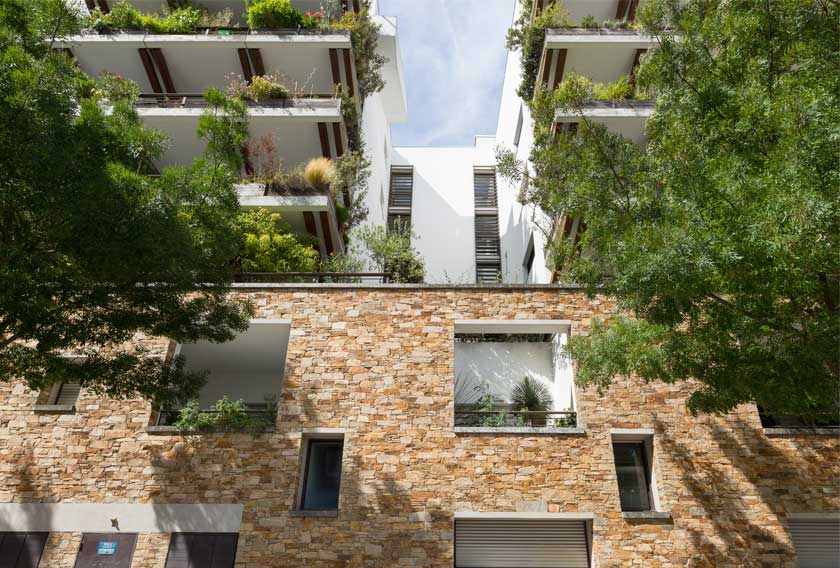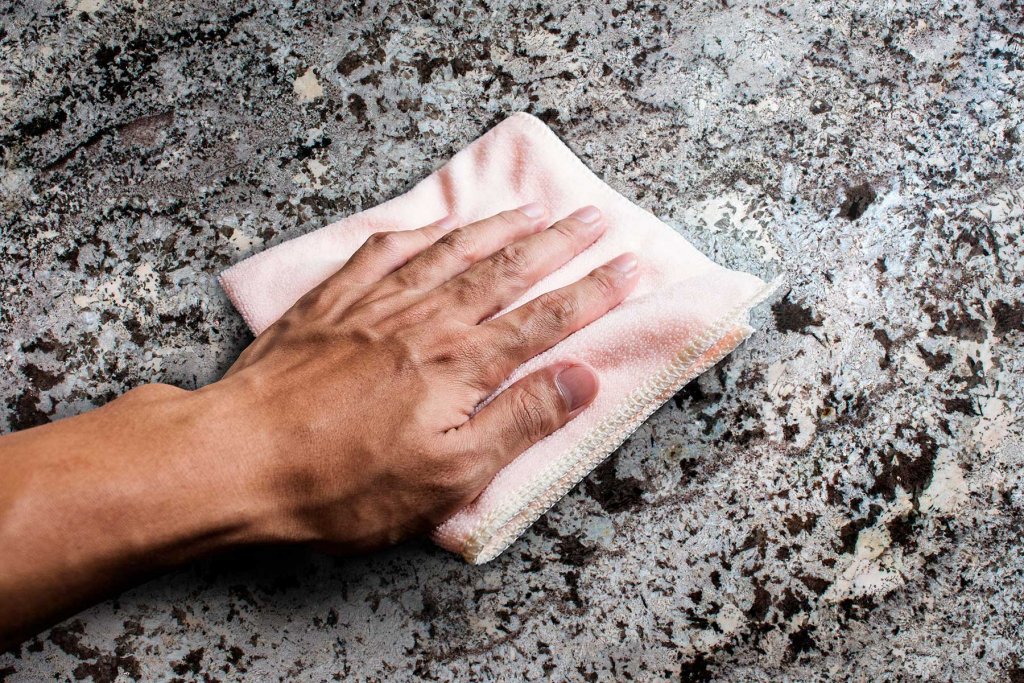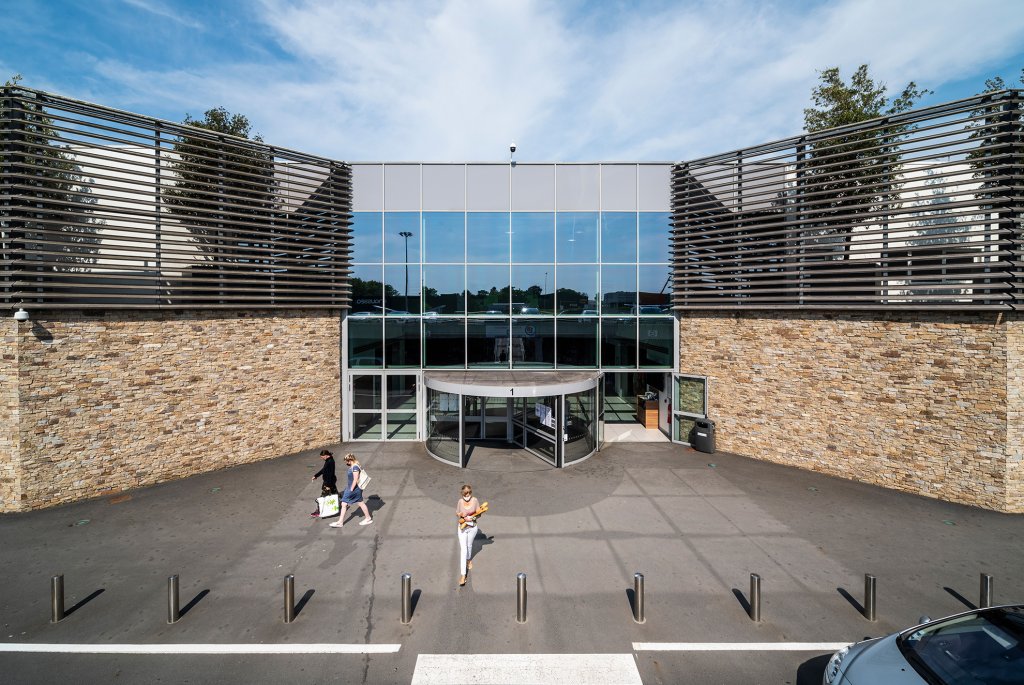Post updated in April 2025
When we talk about green building, we often focus on innovation. But sometimes, the most sustainable solutions come from the past. Think of the Egyptian pyramids, built over 4,500 years ago with natural stone—structures that still stand today. This incredible longevity makes natural stone not just a building material, but a legacy.

In today’s context of climate urgency and sustainable design, natural stone is once again in the spotlight. At CUPA STONE, we believe it’s one of the most responsible and future-proof materials you can choose. Here’s why:
A brief history of green building
While the term “green building” became mainstream only a few decades ago, the idea of building in harmony with nature is as old as architecture itself.
Ancient civilizations used locally sourced materials—like wood, clay, and stone—to construct homes adapted to their environments. These materials offered insulation, stability and thermal comfort long before the invention of artificial systems.

In the 20th century, rising energy costs and environmental awareness led to the rise of sustainable architecture as we know it today. Certification systems such as LEED (Leadership in Energy and Environmental Design) and BREEAM were developed to measure building performance and environmental impact.

Today, green building goes beyond energy savings—it embraces a holistic approach that considers everything from indoor air quality and water efficiency to the life cycle of materials.
This shift in mindset has brought natural stone back to the forefront. Thanks to its durability, recyclability, and low impact on the environment, it’s becoming a key material in sustainable construction once again.
Let’s explore why.
1. A material that’s 100% natural
Natural stone is extracted directly from the Earth and requires minimal processing. There are no chemical additives or synthetic compounds—just stone in its purest form. This low level of transformation means it has a much smaller environmental footprint than many other construction materials.
It’s also free from volatile organic compounds (VOCs), making it an ideal choice for improving indoor air quality in homes, offices, schools or healthcare facilities.
2. Built to last for generations
Few materials can match the longevity and performance of natural stone. It can withstand harsh weather, heavy traffic, and the passage of time. This durability not only adds value to any project but also contributes to sustainable design by reducing the need for repairs or replacement.
At CUPA STONE, we supply stones like Infercoa slate and the quartzites and granites from our TERRA® collection, known for their strength, natural resilience, and aesthetic appeal.
3. Reusable and recyclable
Sustainability goes beyond the initial installation. When a building reaches the end of its life cycle, natural stone can be recovered and reused in new projects. It can also be recycled as aggregate or fill material, reducing waste and supporting the principles of the circular economy.
At CUPA STONE, we encourage the use of modular systems like STONEPANEL®, which are not only easy to install but also easy to disassemble and repurpose.
4. Low maintenance, high performance
Sustainable construction isn’t only about what you build, but also how you maintain it. Natural stone needs very little upkeep. No sealants, no special treatments—just soap, water, and a cloth are enough to keep it looking its best.

This reduces the use of harmful cleaning chemicals and contributes to a healthier, more sustainable indoor environment.
5. Thermal efficiency and passive design
Natural stone acts as a thermal mass: it absorbs heat during the day and slowly releases it at night, helping to stabilize indoor temperatures. When used in walls or flooring, it supports passive energy design, reducing the need for artificial heating and cooling.
This is especially valuable in sustainable homes or public buildings aiming to reduce operational energy use.
6. Unique, local, and beautiful
No two pieces of stone are the same. With its unique veining, color variation, and natural textures, stone adds authenticity and elegance to any space.
At CUPA STONE, we offer a wide range of options—from rugged slate for exterior cladding to sleek quartzite for modern kitchens—all responsibly sourced and expertly finished. Many of our stones, including those in our TERRA® collection, are locally quarried, further reducing transportation-related emissions.
7. Backed by certifications and technical data
Sustainability also means transparency and accountability. Our products are CE-certified and compliant with European and international environmental standards. Many stone materials contribute points toward green building certifications such as LEED, BREEAM, or WELL.
We also provide full traceability for each stone—from quarry to final delivery—so architects and developers can make informed, responsible choices.
Building the future with one of the oldest materials on Earth
Natural stone bridges the gap between past and future. It brings strength, beauty, and a deep sense of permanence—exactly what sustainable building needs. With low environmental impact, exceptional durability, and versatile design applications, it remains one of the best choices for anyone committed to eco-friendly construction.

At CUPA STONE, we combine over 130 years of expertise in natural stone with a passion for sustainability. Whether you’re building a passive home, a public space, or a contemporary kitchen, we’re here to help you make a responsible and beautiful choice.





